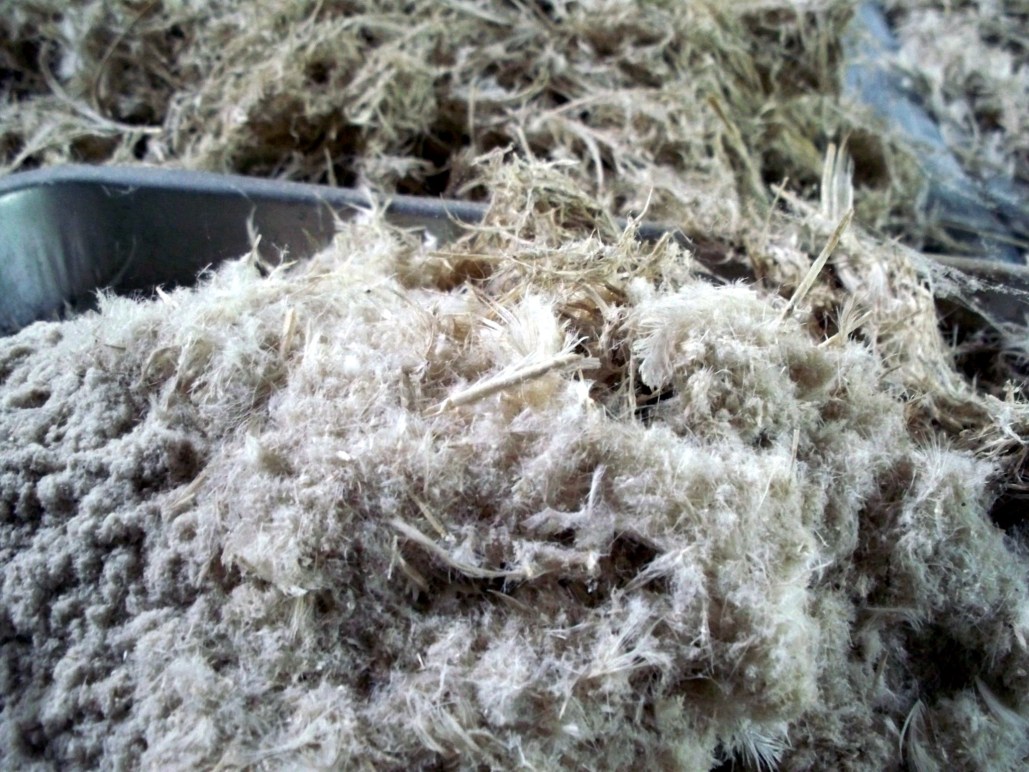Feed Pumpkin (Not Paper) To Pets on a Diet
Does your dog or cat eat a weight loss or weight management pet food? For people, we assume that a diet formula food has less fat and less sugar, and most of us believe that this is also how our pet’s special diet food is made lower in calories. That’s not the case, however. Read the ingredients list on a bag of diet kibble, and you’ll probably find an ingredient called ‘cellulose’ fairly high up on the list.
Have you ever wondered what cellulose is?
‘There are various forms of powdered cellulose available from trees like pine and beech to bamboo and cotton. By and large, the cellulose used in petfood applications is derived from pine trees. The ingredient starts its journey in the pulping mills, the same mills used to produce paper. The pulp is made into long continuous sheets and rolled just like paper stock going to the local newspaper. However, cellulose intended for food and feed is ground through specially-designed hammer mills, then sized to certain particle lengths in giant “ball-mills.”
From here it is packaged in bags and bulk sacks for distribution to the respective markets.’
– From Petfood Industry Magazine
Cellulose is quite simply powdered and shredded paper fibre. Bulking up the fibre in food allows us to feed our pet’s the same volume of food, while also giving them less calories. In Hairball Formula cat food, cellulose fibre binds with hair, making it move more effectively through the gut.
We can achieve the same results as cellulose when feeding cats and dogs by adding pureed pumpkin to their food. Pumpkin adds fibre to the diet in the same way that cellulose does, but instead of a nutritionally void filler, we’re also providing Vitamin E, Magnesium, Phosphorus and Potassium, along with omega-6 oils. Pumpkin also is also rich in antioxidants, and is a potent anti inflammatory. Dogs (and even some cats) enjoy pumpkin’s rich taste and texture. When feeding pumpkin to pets, you can make your own puree from fresh pumpkins, or else use a pet specific canned supplement or pure, unsweetened puree from the grocery store (not canned pie filling).
The only downside of using pumpkin instead of cellulose is that your dog will no longer smell woodsy, like a pine tree air freshener.
Here ‘s a recipe for making your own pet friendly pumpkin puree at home. It freezes easily, and costs pennies per portion, and you can also use it in recipes for the two legged people in your life. As a general rule, 3 pounds of fresh pumpkin will yield about 3 cups of mashed and cooked pumpkin.
Microwave Pumpkin Puree:
1. Rinse the pumpkin under cool water to rid the skin of any residual dirt and dry well with a clean towel.
2. Cut the pumpkin in half. Remove the seeds and stringy fibers with a metal spoon or ice cream scoop. Save the seeds for toasting, if you like, and discard the innards.
3. Cut halved pieces into three or four smaller pieces.
4. Fill glass microwave safe bowl 1/3 of the way full of water. Arrange pieces in bowl, skin side up. Cover with plastic wrap, and microwave on high until paring knife glides easily through flesh, 14 to 18 minutes, turning pieces over halfway through.
5. When tender, remove the pumpkin halves from the microwave and place on a flat surface to cool.
6. Once cool enough to handle, but not cold, scoop out the pumpkin flesh.
7. Puree the pumpkin in a food processor, in a food mill, with a hand held blender or by hand.
8. Pumpkin flesh holds a lot of moisture. Line a sieve or fine mesh colander with paper towel or a coffee filter and set over a deep bowl. Let drain for about 2 hours and stir occasionally.
To Freeze:
Once the puree has cooled entirely and drained for two hours, place in freezer containers or ice cube trays. Leave room at the top (headspace) of the containers or individual ice cube compartments. Label, date and freeze the puree for future use.
Image of unrepentent paper eating Pug from DogShaming.com




